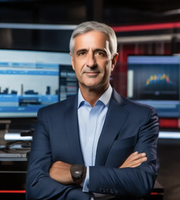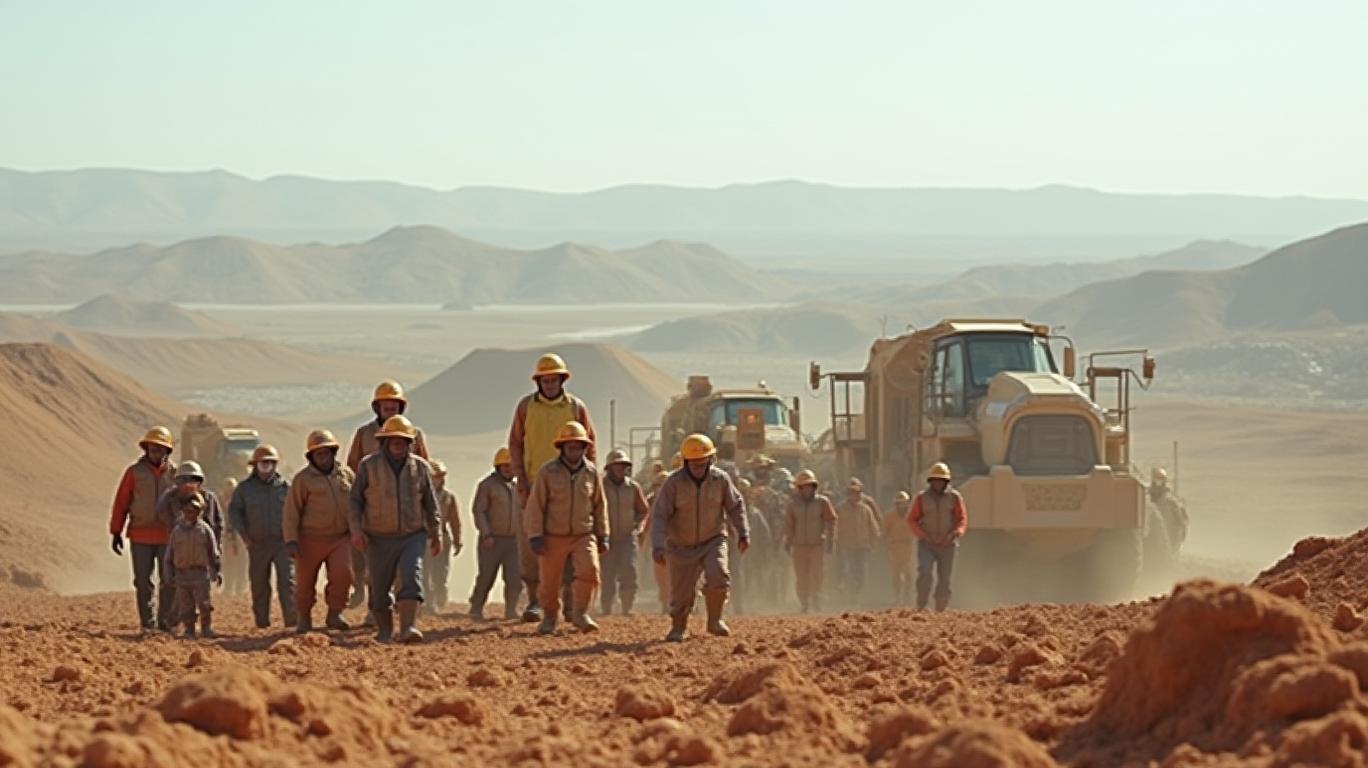Navigating the U.S.-China Trade Deal: A Fragile Truce or New Dawn for Markets?
The U.S. and China’s latest trade talks in Geneva on May 11, 2025, sparked a 400-point surge in Dow futures, reflecting investor optimism over a potential de-escalation of their trade war. Yet beneath the surface, critical uncertainties linger: tariff details remain unresolved, China’s response is muted, and structural tensions persist. This article dissects the deal’s implications for global markets, emerging economies, and investment strategies.

The Deal’s Fragile Foundations
The U.S. has imposed 145% tariffs on Chinese imports—a punitive rate that has distorted global trade flows—while China retaliated with 125% tariffs. During the Geneva talks, President Trump floated lowering U.S. tariffs to 80%, but White House aides dismissed this as a “figure [he] threw out there,” underscoring strategic uncertainty. Commerce Secretary Howard Lutnick emphasized “de-escalation” but avoided unilateral concessions, signaling a hard line on core demands.
Meanwhile, China’s delegation, led by Vice Premier He, has yet to formally endorse the deal. State media hinted at “good news for the world,” but Assistant Foreign Minister Miao Deyu lambasted U.S. tariffs as “economic bullying,” highlighting enduring geopolitical friction. The lack of specificity in the agreement—no final tariff rates, enforcement mechanisms, or structural reforms—leaves investors in limbo.
Market Reactions: A Rollercoaster Ahead?
Financial markets rallied initially, with S&P 500 futures rising 1.3% and the U.S. Dollar Index gaining 0.3%. Yet this optimism may prove premature. Key risks include:
1. Tariff Volatility: If the 80% rate is confirmed, it could still disrupt $600 billion in bilateral trade. Logistics firm Flexport reports a collapse in Pacific shipping volumes, comparable to 2020 pandemic levels.
2. Non-Tariff Barriers: China has halted direct imports of U.S. beef and LNG, while the U.S. imposes docking fees on Chinese ships. These hidden costs may persist even if tariffs ease.
3. Global Supply Chain Risks: S&P Global warns that prolonged trade friction could reduce China’s GDP growth to 4.1% in 2025, down from 5.0% in 2024, with ripple effects on Southeast Asia and Mexico.
Regional Vulnerabilities and Investment Implications
The S&P analysis highlights stark regional divides:
- Southeast Asia: Vietnam, Thailand, and Malaysia face outsized risks. Vietnam’s GDP relies on U.S. exports (28%), making it highly sensitive to tariff hikes. Thailand’s auto sector—a key export driver—could suffer from U.S. sector-specific tariffs.
- Latin America: Mexico’s GDP growth is projected to slow to 0.2% due to U.S. tariffs, even after a last-minute 10% rate compromise.
- Emerging Markets (EMs): S&P notes delayed fixed investment (23% of median EM GDP) due to policy uncertainty. Central banks face a “damned if they do, damned if they don’t” dilemma: easing rates risks capital flight, while tightening exacerbates growth slowdowns.
Ask Aime: "Optimism Surges, But What's Behind It?"
A Path Forward for Investors
- Sector-Specific Opportunities:
- Technology and Manufacturing: Companies with diversified supply chains (e.g., firms using Vietnam or Mexico as China alternatives) may outperform.
- Commodities: Gold and other safe-haven assets could rise if trade tensions reignite.
- Geopolitical Hedging:
- Diversify portfolios to include EM bonds with strong fundamentals (e.g., India, Indonesia) and avoid overexposure to trade-dependent sectors.
- Monitor Policy Clarity: The White House’s promised “further details” on Monday are critical. A concrete agreement could stabilize markets, while ambiguity may trigger a sell-off.
Conclusion: Proceed with Caution
The Geneva talks mark a rare moment of de-escalation in the U.S.-China trade war, but the deal’s substance remains thin. With China’s economy projected to grow just 4.1% in 2025—its weakest pace in decades—and emerging markets facing delayed investment and inflation risks, investors must remain vigilant.
The market’s 400-point Dow surge reflects hope, not certainty. Until tariffs are finalized, non-trade barriers dismantled, and geopolitical trust rebuilt, volatility will persist. For now, the wisest strategy is to favor flexibility, diversification, and sectors insulated from tariff-driven disruptions. As the old Wall Street adage goes: “Don’t fight the Fed—or the tariff.”










